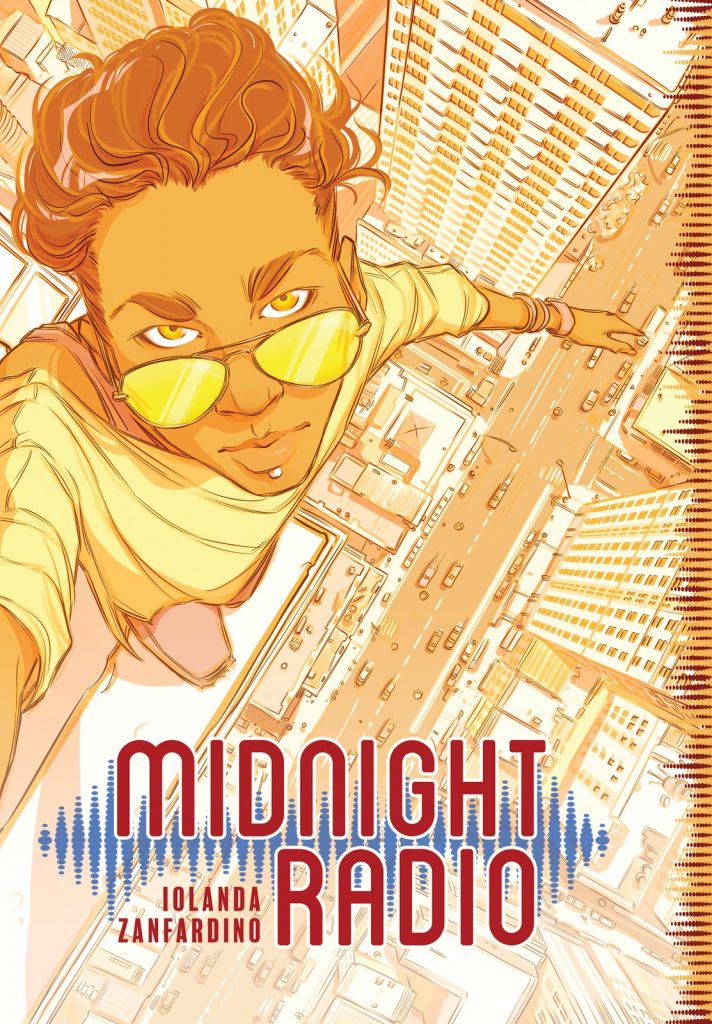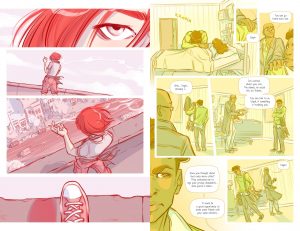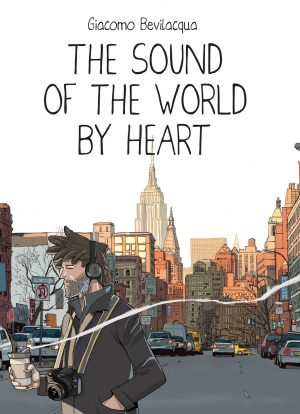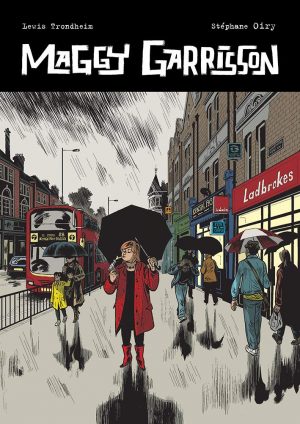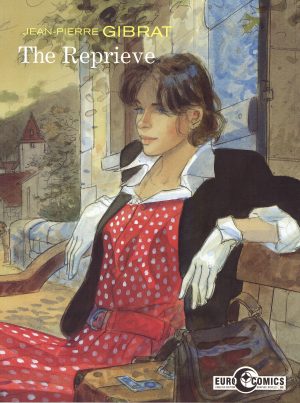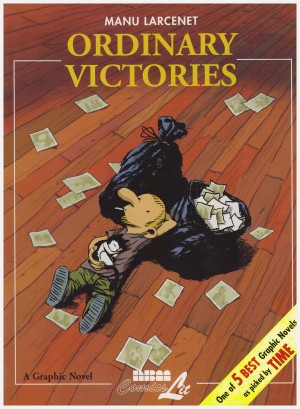Review by Ian Keogh
Iolanda Zanfardino’s Midnight Radio is a clever look at dissatisfaction and emptiness. If you were to pass any of her four protagonists on the street you’d be struck by them as attractive young people, and assume theirs were carefree lives, yet nothing could be further from the truth. Web designer Mike would seem to have everything going for him as he’s employed by a major dieting company, yet he’s shackled and discontented, and uneasy about the company seemingly concealing dangers of their products. Jo works in a bar and is actively contemplating suicide. Influencer Steph has decided to stop speaking and only responds to people via showing them phone texts, and Seika is in danger of having her visa revoked for repeated shoplifting offences when the police throw her the lifeline of infiltrating a gang of art thieves.
Zanfardino has a lovely naturalism to her art, the characters believably posed as they hang out in equally well crafted surroundings, be they offices or living accommodation. To distinguish their narratives, each of the major characters is allocated a single colour, so all Jo’s scenes are in shades of red with white, and Seika’s in blue and white. It’s a choice that instantly makes Midnight Radio stand out from every other graphic novel on the shelf, and the subtlety of Zanfardino’s visual cues extends to the colour.
Midnight Radio’s themes are conflict and assumptions being challenged, and as it progresses we learn more about the backgrounds of the four protagonists, family conflict being an issue for each in varying degrees. Each of the protagonists is eventually placed in a situation forcing them to confront something they’d prefer to ignore, reaching a crisis point, and this is nicely handled. We think we’ve learned what Jo’s problem is, but then more is revealed, and it’s subtle, Zanfardino showing us what needs to be seen, but not supplying the specifics. It’s enough.
The ending is really clever, a toying with form and narrative expectation, uplifting and surprising, and beautifully delivered. Everyone hears what they need to hear at the right time. On the basis of Midnight Radio Zanfardino is wasted as a cover artist, as good as those covers are, and should concentrate more on her own stories.
